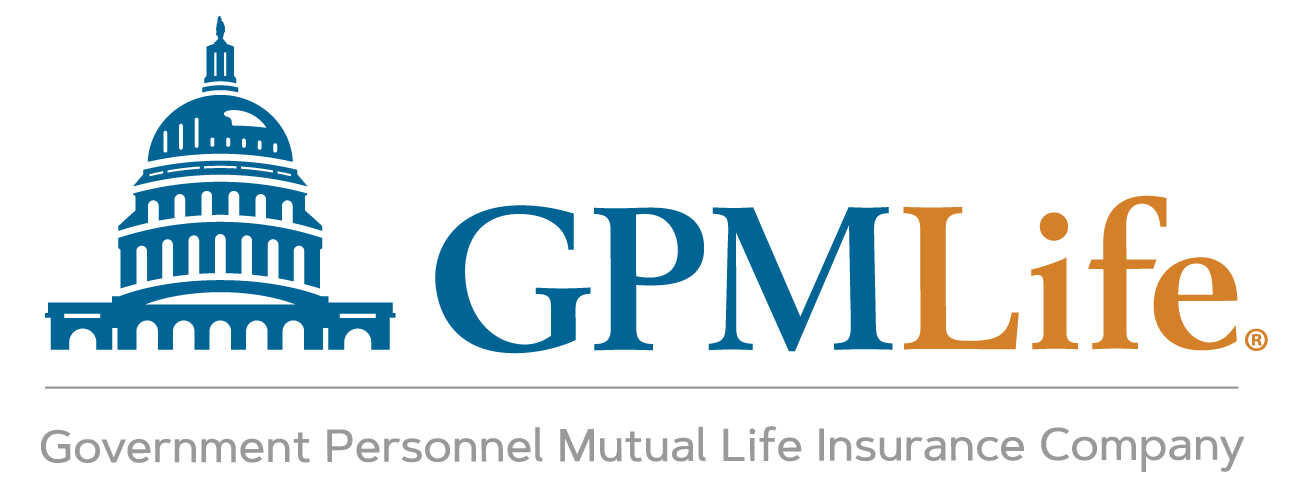- GPM Life
- Serving Your Needs
- Federal Employees
- What is FERS
What is FERS?
The Federal Employees Retirement System (FERS) was established by Congress in 1986 and became effective for new employees on January 1, 1987. FERS replaced Civil Service Retirement System (CSRS) for CSRS participants who elected to move into the new retirement program.
Sources of FERS Benefits
FERS provides retirement benefits from three different sources—Social Security, Thrift Savings Plan (TSP), and Basic Benefit Plan. Any Social Security and TSP balances you accrue under FERS stay with you, even if you change employers.
Social Security
Like the private sector, you are required to pay a part of the tax and the Government pays the balance. Social Security regulations mandate when you can elect to receive benefits.1
Thrift Savings Plan (TSP)
TSP is a defined contribution plan. This means the amount you receive at retirement is dependent upon:
- your TSP contributions
- any "matching" contributions you may get from your Federal employer
- interest earned on these contributions. Money that you deposit and the earnings associated with that money are 100% vested to you. Matching funds contributed by your Federal employer, if any, are vested incrementally.2
Basic Benefit Plan
The Basic Benefit Plan is a defined benefit retirement plan. This means the amount you receive at retirement is based on a set and published formula. This computation formula uses your length of service and "high-3" average salary. Your high-3 average pay is the highest average basic pay (no bonuses, overtime, etc.) earned during any three consecutive years of service. Your length of service may be impacted by military service or leaves of absence. The computation formula may differ, dependent upon your Federal employer. 3
Planning for Retirement
Retirement planning is something that should begin as soon as you begin employment. The decisions you make today can have a substantial impact on your financial well-being during your retirement years. Some decisions become more impactful as you approach retirement age.
If you are planning to retire within five years, you should begin active retirement research and planning. A number of your Federal benefits must be in place for at least five years before retirement to continue beyond your retirement date.4
Basic Employee Death Benefit
If you die before your spouse, he/she may be eligible for a Basic Employee Death Benefit equal to 50% of your final annual salary (or your average salary if that is higher), plus an additional lump sum amount. In 2016 the lump sum amount is $32,326.58.
A former spouse may be eligible for all or a portion of the basic employee death benefit if a qualifying court order awarding the benefit is on file at OPM, and if the former spouse did not remarry before their age 55.
Monthly Survivor Benefits
If you die before your spouse and you completed at least 10 years of creditable service (with at least 18 months in civilian service), your surviving spouse may be eligible for a monthly survivor benefit.
A former spouse may be eligible for all or a portion of the monthly survivor benefit if a qualifying court order is on file with OPM.
Unmarried dependent children may receive a monthly benefit until they reach age 18, marry or die. If the eligible dependent child is a full-time student, the monthly benefit can continue until age 22. Unmarried disabled dependent children may receive recurring monthly benefits if the disability occurred before age 18.
Your Federal benefits and the options that may be available to you can be confusing. There may be gaps in your coverage, or opportunities for you to increase your coverage and lower your costs. We can provide a Personalized Benefits Analysis to help you navigate and understand your options.
We can help you navigate and understand your options.
Your Federal benefits and the options that may be available to you can be confusing. There may be gaps in your coverage, or opportunities for you to increase your coverage and lower your costs.
